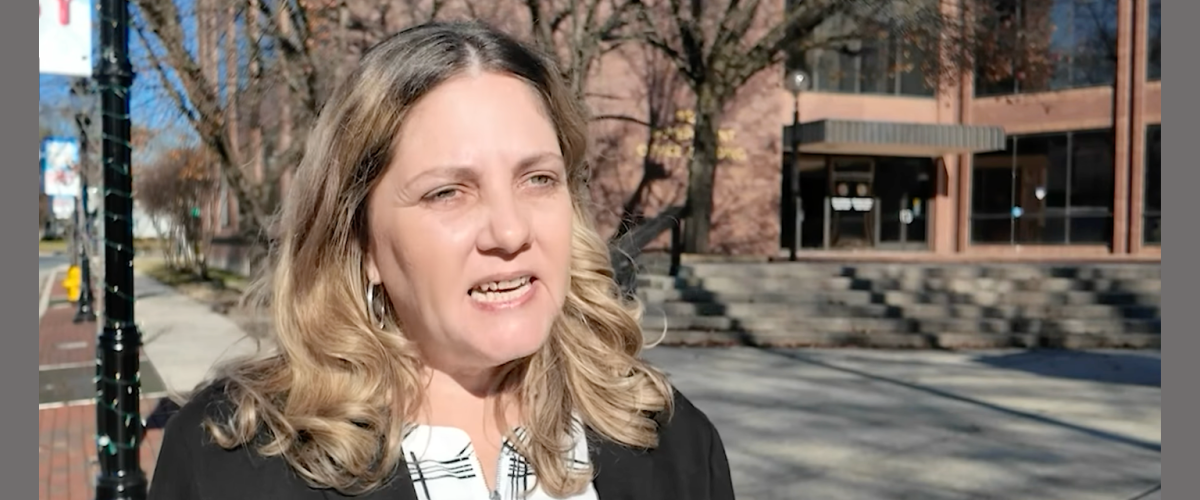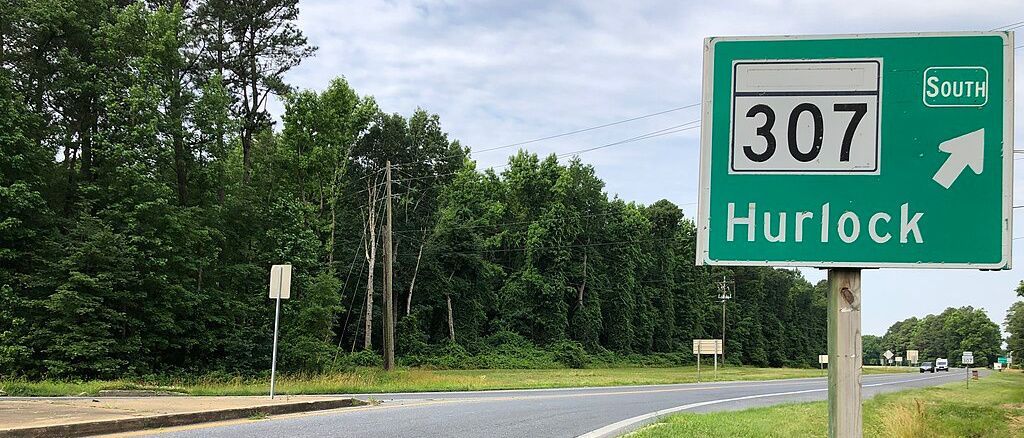Movie Review: Hope of Escape

Hope of Escape, based on a true story, is testimony to the hopes and struggles of an enslaved woman who, helped by her two freeborn sisters, embarks on her harrowing journey from slavery to freedom in the years before the American Civil War.
Over 175 years later, another set of sisters, descendants of one of the film’s three sisters, has brought the story of their heroic ancestors to the big screen.
The movie, by director and writer Amy Gerber, tells the life story of her great-great-great-grandmother, Diana Williams. It begins in 1845 on Rice Hope Plantation near Charleston, S.C., where Diana, still enslaved, has two daughters. Her impending sale means separation; escape is the only way to for them to stay together.
Diana and her daughters are promised freedom on the death of their enslaver, but everything changes after he dies unexpectedly. Though her new enslaver frees Diana (but not her daughters), he reminds her, “Don’t get caught!” as freedom for Black people was often not recognized or respected. Intense dialogue such as this reveals the characters’ thoughts and emotions.
The first minutes of the film are a succinct summary of what slavery meant for the enslaved. Diana sums it up: “I was never fully protected, nor my daughters.” Constant threats of sexual abuse from the enslaver are not explicit but clearly implied. They are chattel. They can be bought and sold.
It’s “always about saying goodbye,” Diana murmurs, referring to the sales, promised emancipation, and attempted escapes, all constants in enslaved peoples’ lives.
Diana hopes to find her sisters in the North: Anna in Nantucket in Massachusetts and Julia in New York.
Julia Williams was the first wife of Henry Highland Garnet, the well-known abolitionist and native of Chesterville in Kent County, Md., where he was born enslaved. He and his family escaped to New York City when Henry was a boy. (See Common Sense’s article on the women in Henry Highland Garnet’s life here and an article on Garnet’s call for resistance to slavery in 1843 here.)
The film shows how Julia and Henry meet when as abolitionists and pioneers in organizing formal education for Black people. They want all Black people to have the opportunity to learn to read and write. Julia says it is important to “Never give up!” The actors speak standard English rather than the dialect of field workers.
The film also follows the story of Diana’s daughter, Cornelia, and her sweetheart and future husband, William Benjamin Gould, known as Wilby.

In pursuing freedom, literacy was a practical and a symbolic tool. Wilby gives a writing set to Cornelia before she leaves on her dangerous journey North. “Words connected them and gave them their friendship and energy,” Diana says.
Education was illegal and risky for the enslaved. Wilby’s mother encourages him to share his gifts with others. He is a talented mason and decorative plasterer, expertise which makes him valuable as an enslaved person. Unlike most other enslaved Black people, Wilby has considerable freedom of movement because of his work. His skills are in demand, and he is often rented out by his enslavers.
The dignity and high values of Diana’s family are revealed in incidents during the escape. Despite being legally free, Diana and her daughter are caught and returned to slavery for several years before they finally reach freedom. Diana laments being “stripped of our dignity and beaten down by our sorrow.”
The film also shows how Diana and her daughter receive help from strangers as well as friends and families, both Black and White, often at high risk to those who helped hide or transport them. One must admire the gritty and often spontaneous aid Black people give to the escapees as well as the efforts of sympathetic White people who use their social networks to find the money for the enslaved to buy their freedom.
Gerber states in an interview that “it ‘took a village’ to fundraise and emancipate a slave. Hope of Escape shows how my own family depended on a complex network of abolitionists, both inside and outside the United States. We see how, even though separated for many years and by thousands of miles, families (both free and enslaved) managed to keep their connections, holding onto hope that their circumstances would change for the better.”
This is a film of brave people with hopes of escape. The dialogue has many gems that highlight the philosophy of Diana’s family. The photography is exquisite, and the music is a powerful expression of the enslaved about their condition and their hopes.
“Hope of Escape offers an alternative to the standard Hollywood ‘slavery film’ genre that usually depicts excessive violence and victimization. This film features enslaved persons with agency, who used their special skills and literacy to plan their emancipation. The film also shines light on the ‘above-ground Underground Railroad’ when slave masters were paid a ‘ransom’ (much like how Frederick Douglass gained freedom) by families in order to free their enslaved relatives.”
~Amy Gerber
Filmed in Virginia with local and regional talent, the movie runs an hour and a half.
Released in 2024, Hope of Escape has already won several awards, including Best Film at the African Diaspora Film Festival. It was also an award winner at the Broadcast Education Festival of Media Arts. Trailers for the movie are here.
Hope of Escape is available on Amazon Prime to rent or buy.
About the filmmakers:
Director and writer Amy Gerber is associate professor and chair of Film, Gender, and Women’s Studies at Hollins University. She has written and directed many independent films focusing on culture and history. Her films have won awards at numerous film festivals, including the Edinburgh International Film Festival, the Mill Valley Film Festival, and Women in the Director’s Chair, Chicago.

Gerber’s sister, Heidi Gerber-Salins, collaborated with her sister in making the film. Gerber-Salins is assistant professor in the Media, Journalism, and Film Department of the Cathy Hughes School of Communications at Howard University.
Jeanette E. Sherbondy is a retired anthropology professor from Washington College and has lived here since 1986. In retirement she has been active with the Kent County Historical Society and Sumner Hall, one of the organizers of Legacy Day, and helped get highway /historical markers recognizing Henry Highland Garnet. She published an article on her ethnohistorical research of the free Black village, Morgnec.
Jane Jewell is a writer, editor, photographer, and teacher. She has worked in news, publishing, and as the director of a national writer's group. She lives in Chestertown with her husband Peter Heck, a ginger cat named Riley, and a lot of books.
Common Sense for the Eastern Shore







